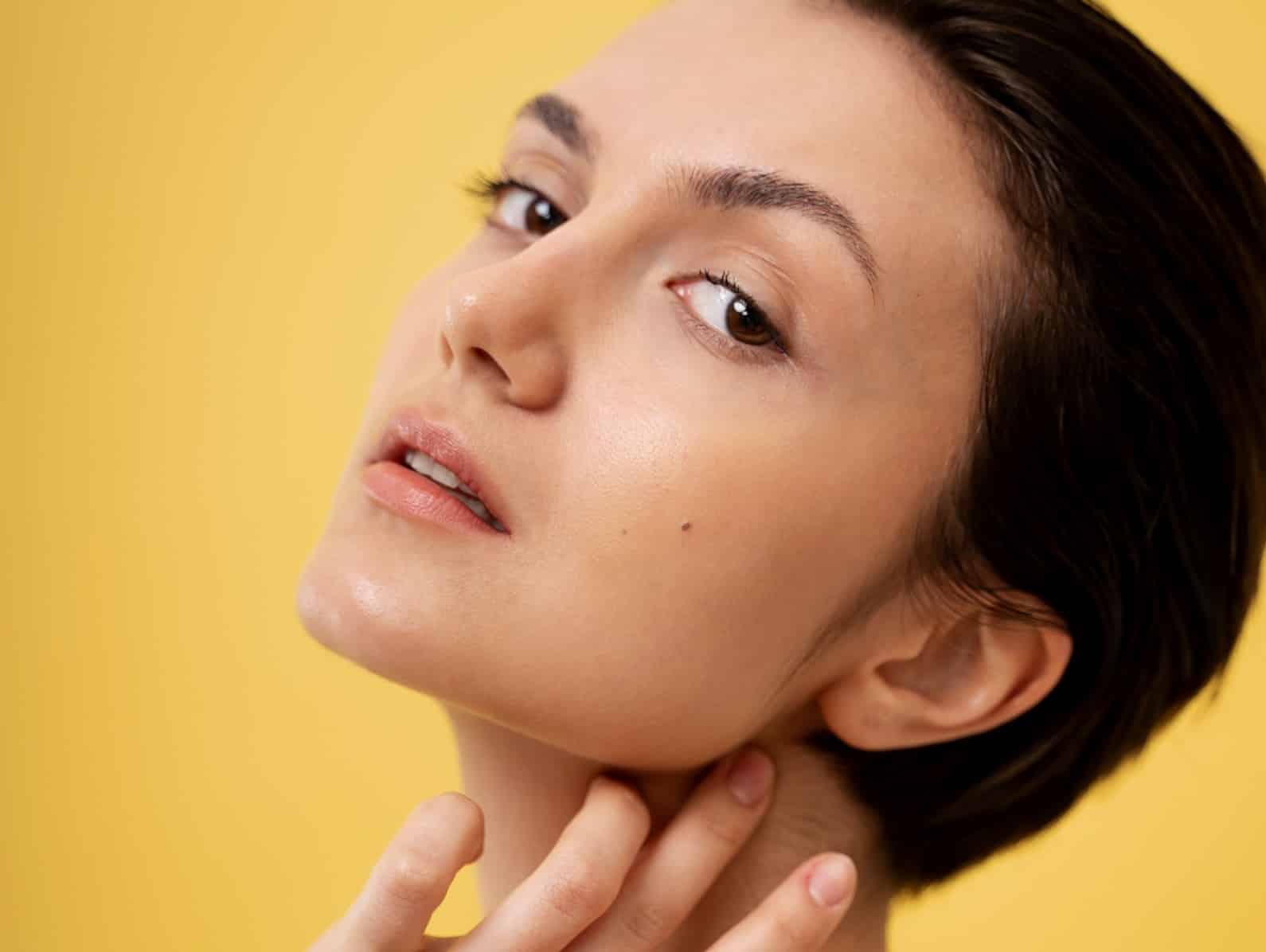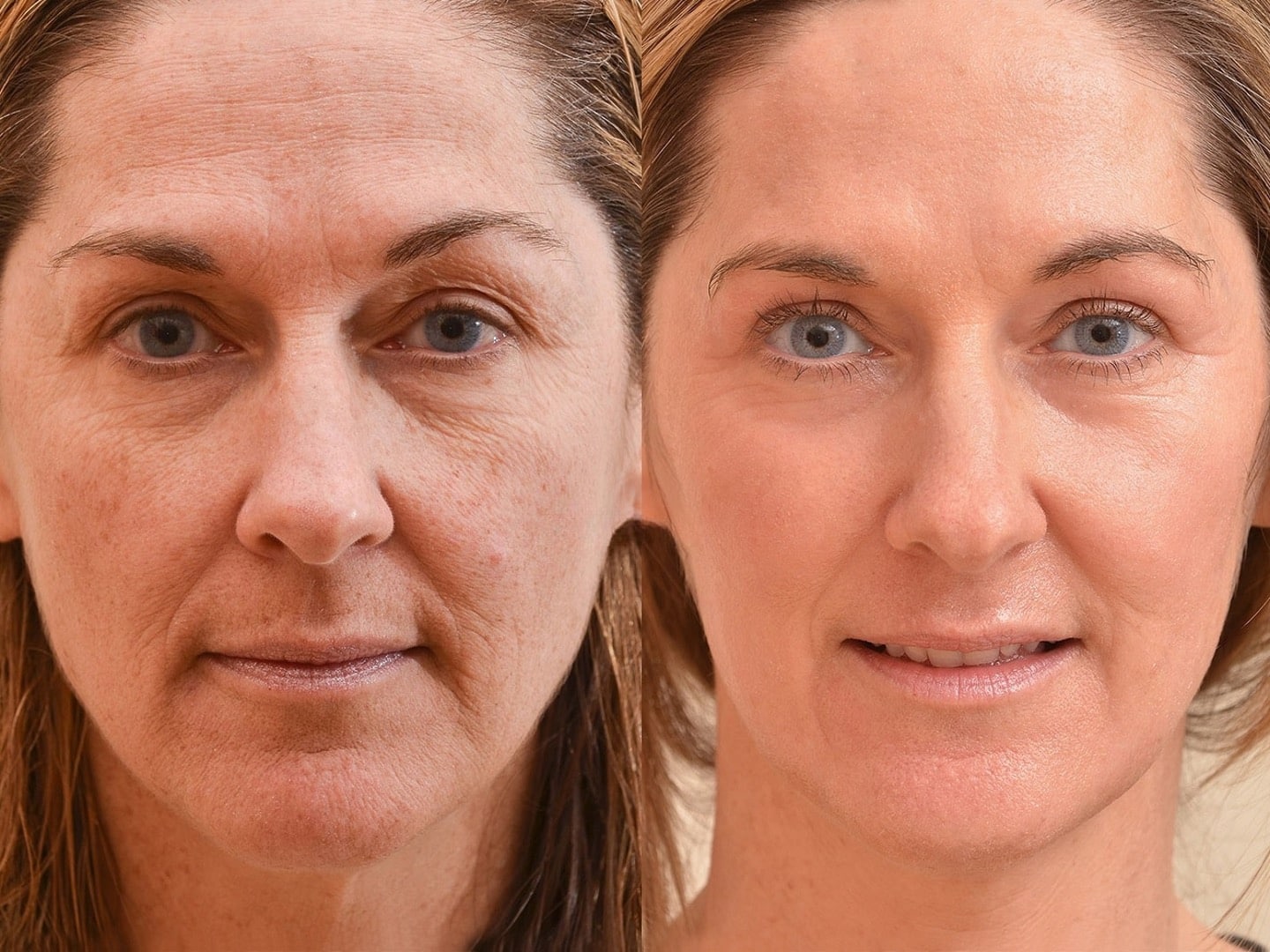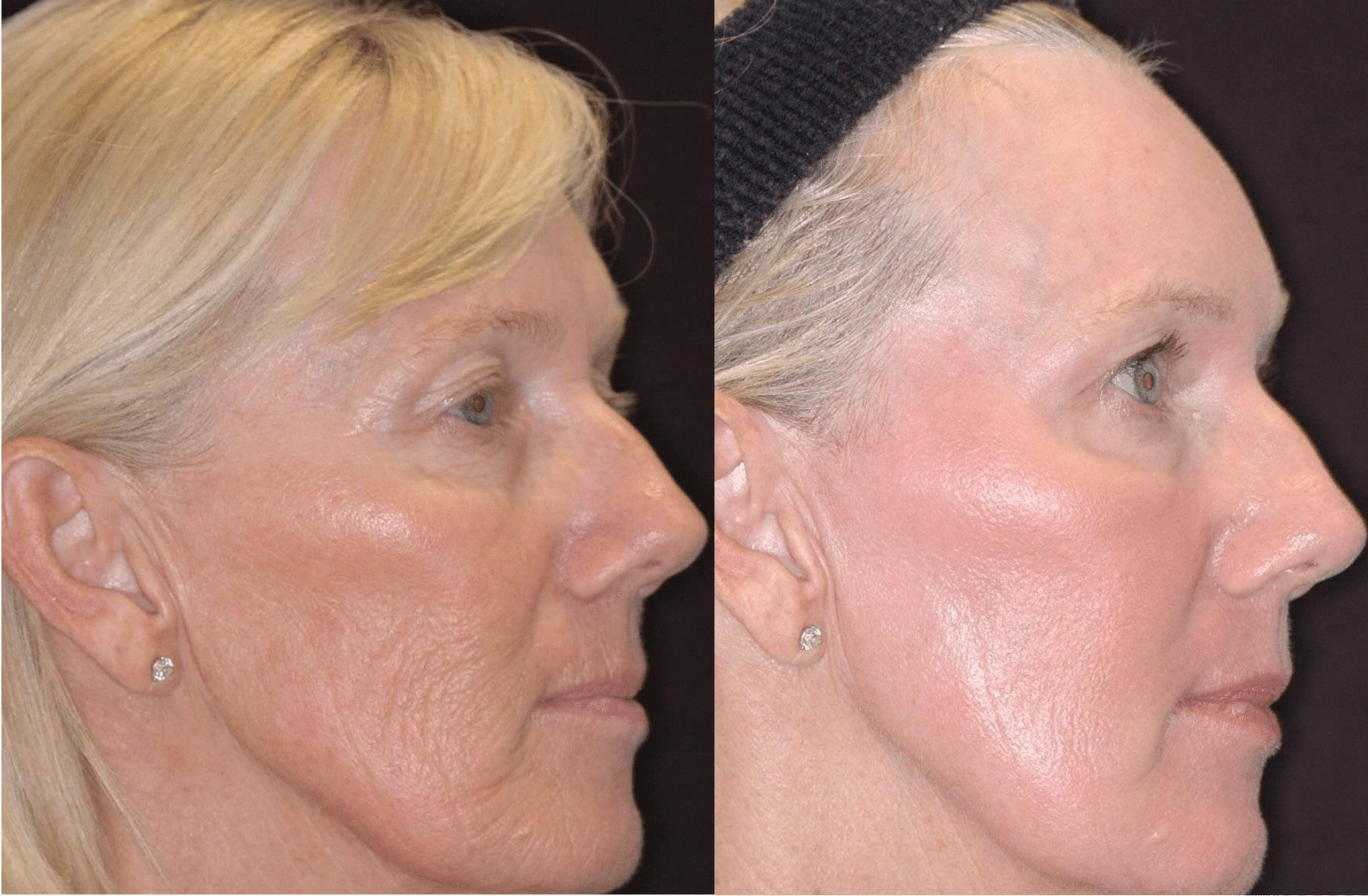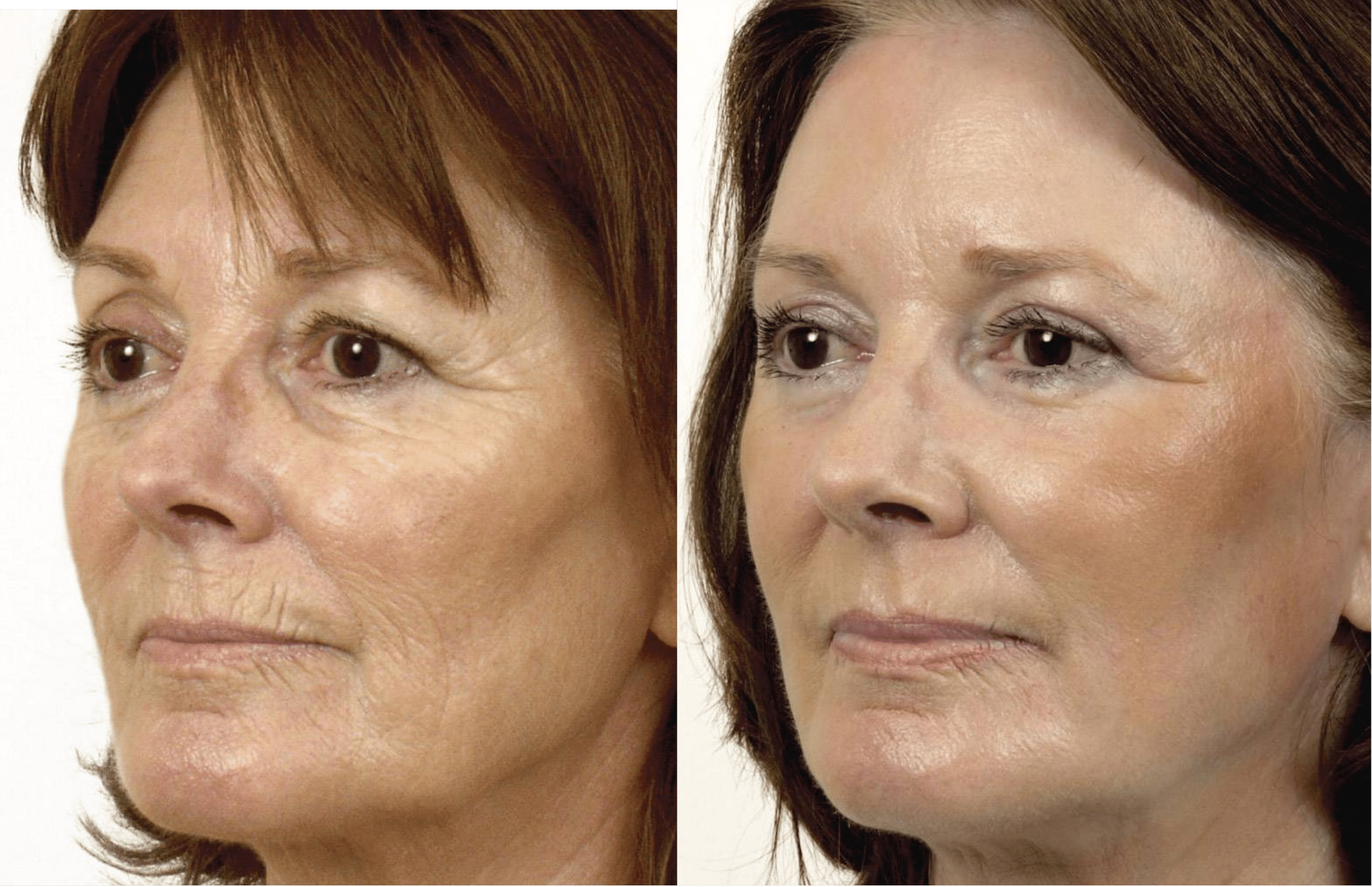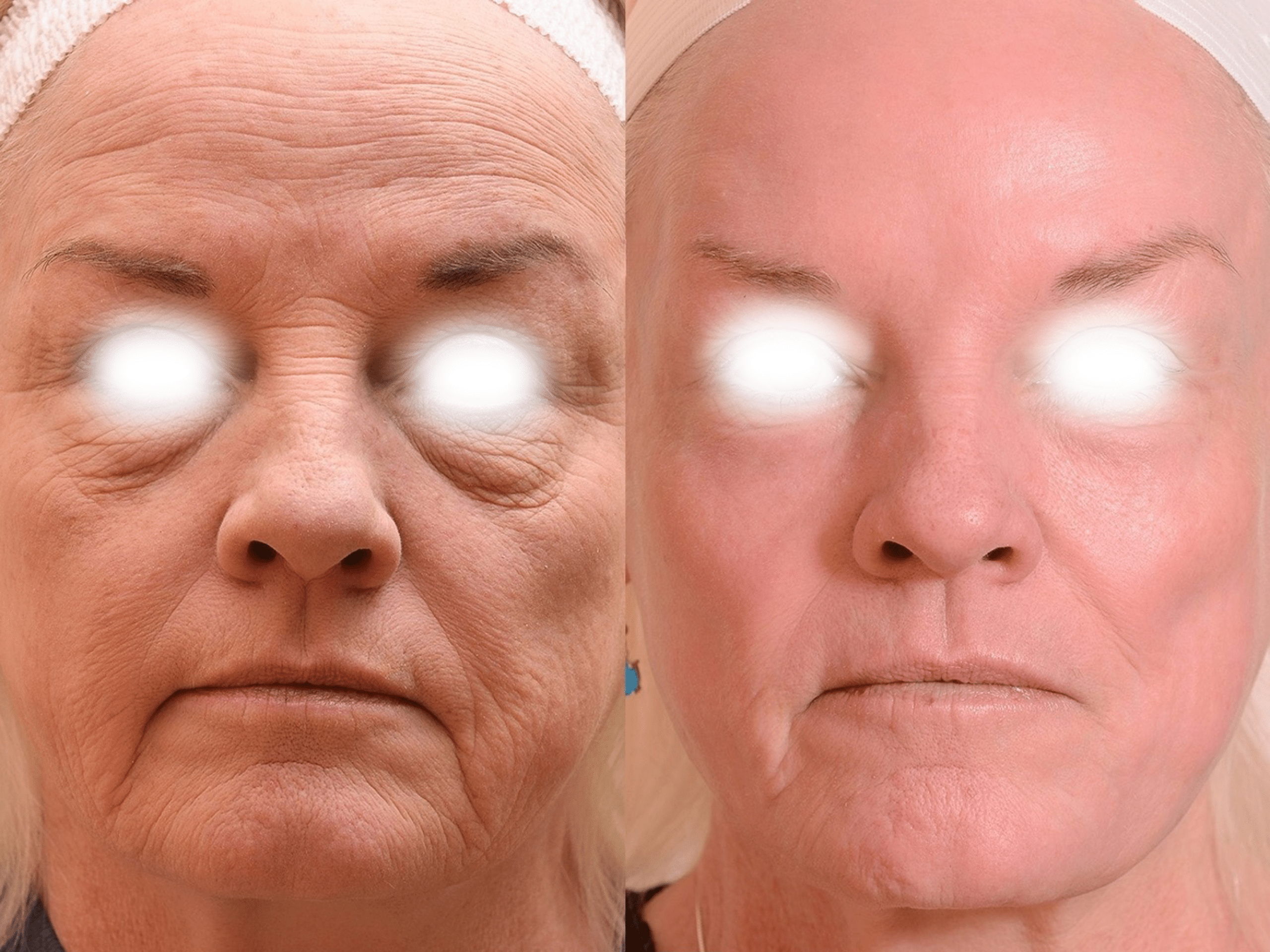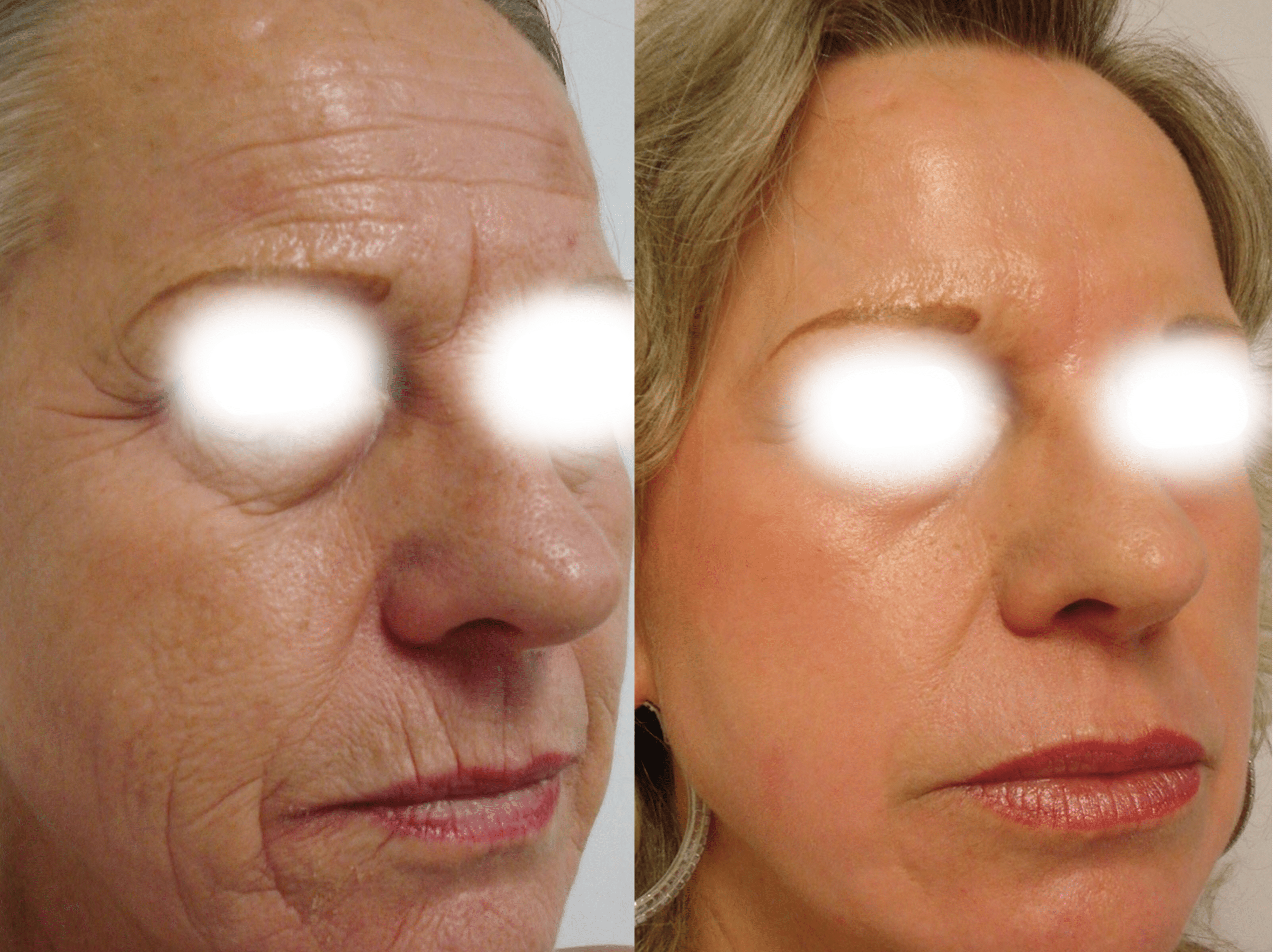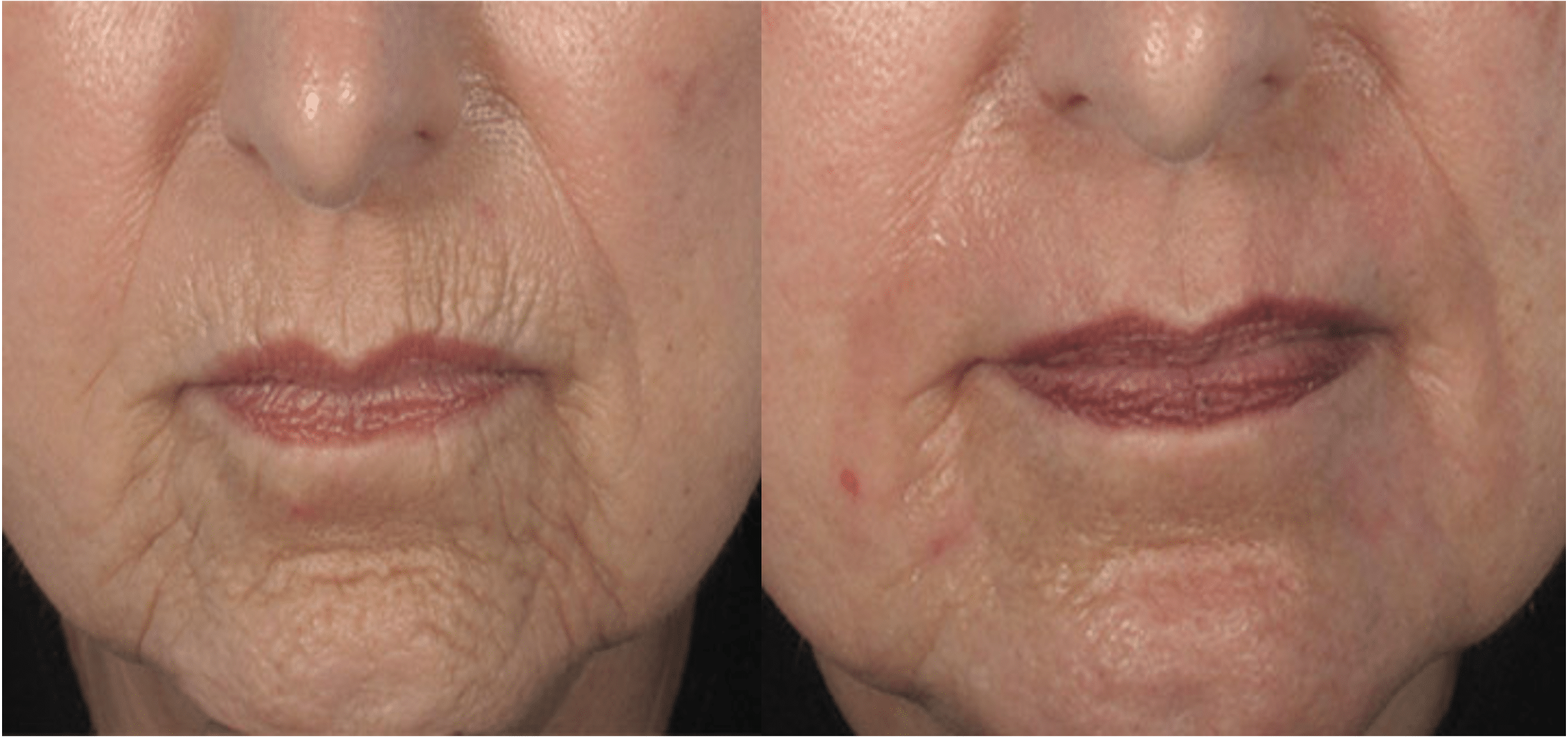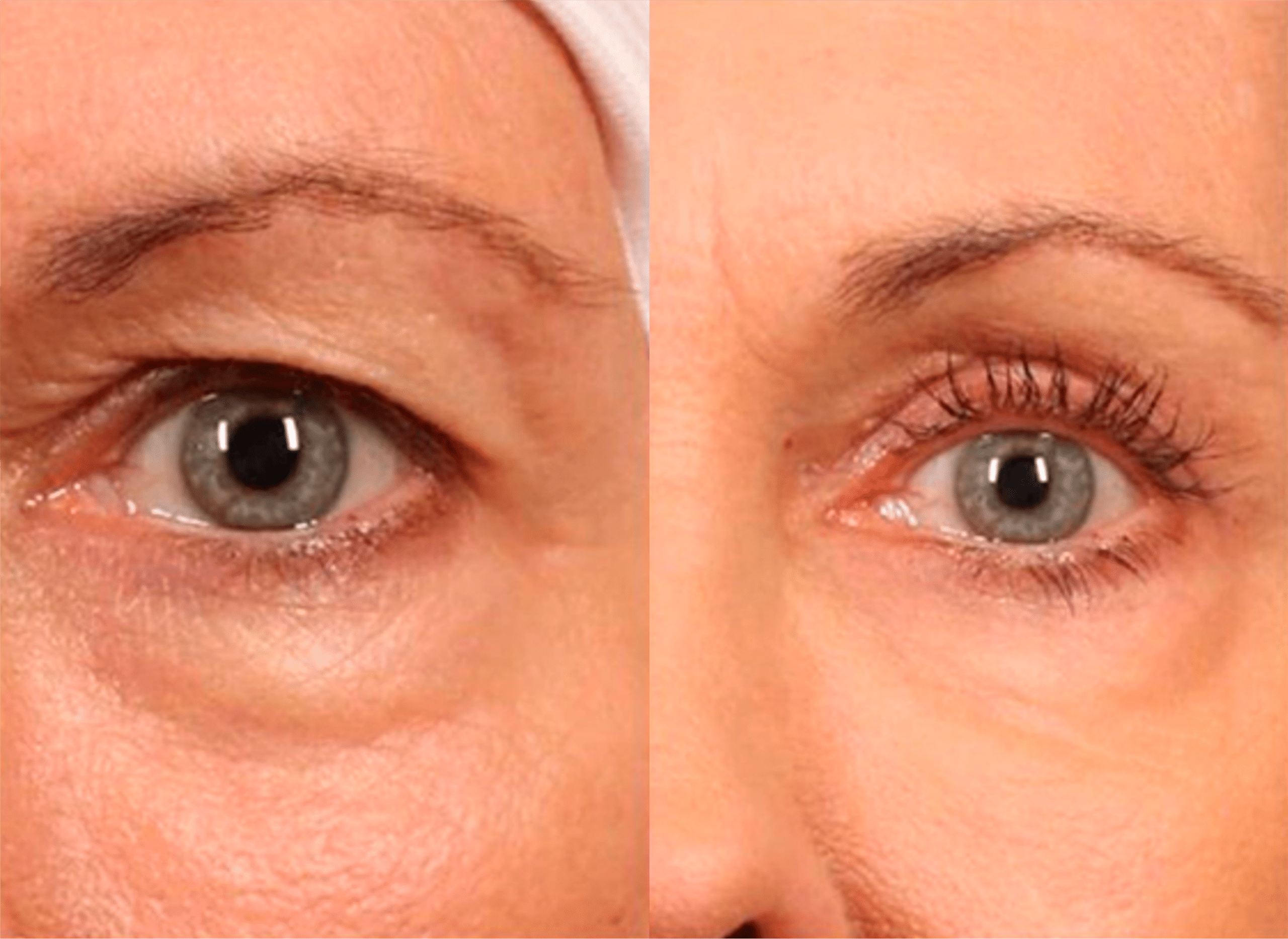The fractional CO2 (carbon dioxide) laser is used in aesthetic medicine and dermatology. Suitable for both women and men, its indications are numerous and varied:
- Skin rejuvenation (wrinkles and fine lines, skin laxity, non-surgical eyelid lift, décolletage refinement…);
- Scar reduction (acne scars, post-surgical scars…);
- Correction of skin texture imperfections (enlarged pores, dull complexion…);
- Lightening of pigmentation spots (melasma, sunspots…);
- Dermatological treatments using ablative CO2 laser (keratosis, xanthelasma, seborrheic keratosis, external condyloma…).
